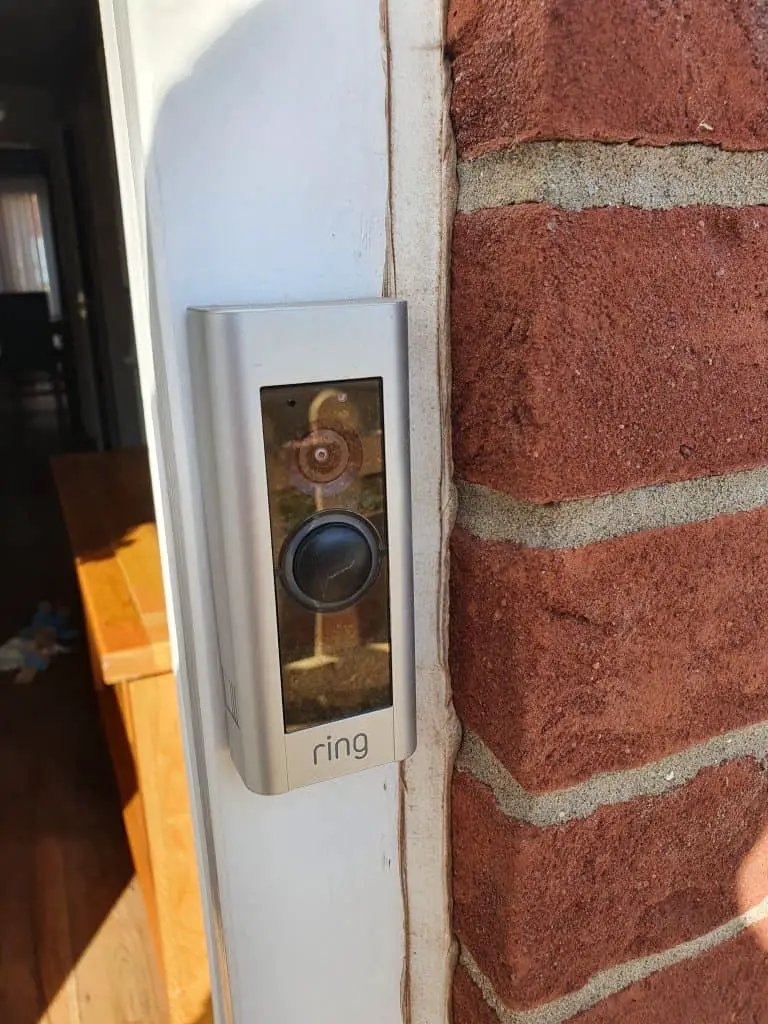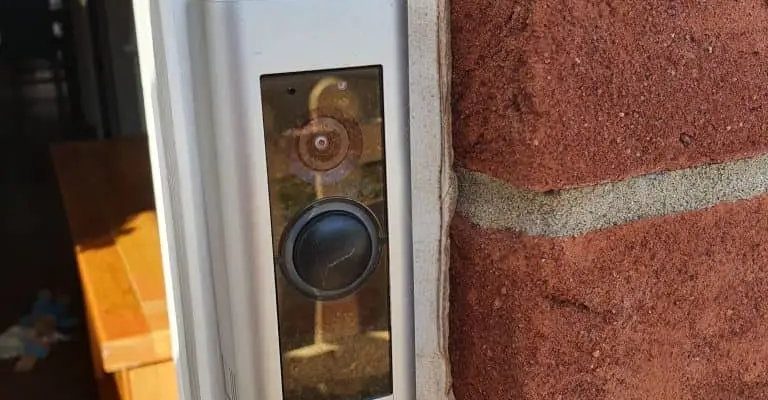
If you’ve just set up a Ring smart home device—maybe a video doorbell or a security camera—you’re probably proud of your new tech. It’s like having a digital watchdog that helps keep your home safe. But here’s the thing: as much as these devices are designed to be user-friendly, certain actions can unintentionally void your warranty. Think of it like buying a fancy coffee maker and tinkering inside it with a screwdriver—suddenly, your manufacturer won’t cover repairs or replacements.
Let me explain why this matters and how to avoid common pitfalls that could leave you footing the bill. Ring, known for its easy syncing and remote access features, wants you to enjoy your device without worries, but there are important rules to follow. This doesn’t have to be complicated; with a bit of care and understanding, you can keep your warranty intact and your smart home running smoothly.
Understanding Your Ring Device Warranty Basics
Honestly, warranties can feel like fine print you skim over, but here’s why reading yours carefully is key. Ring’s warranty typically covers defects in materials or workmanship for a certain period—usually one year from purchase. This means if your device stops working because something was wrong from the start, Ring fixes or replaces it at no cost.
However, the warranty doesn’t cover damage caused by improper use, unauthorized repairs, or modifications. So, if you decide to crack open that doorbell or try some “DIY” circuit tricks, you’re probably voiding your warranty right then and there. It’s like trying to fix a leaky faucet with a hammer: well-intentioned, but it often makes things worse.
Also, syncing errors or battery issues don’t automatically void your warranty, but how you handle troubleshooting matters. Using official Ring apps and following support instructions keeps your warranty safe; jumping straight to third-party fixes could cause problems.
Why Unauthorized Repairs or Modifications Void Your Warranty
You might wonder, “If I can fix it myself, why not?” Here’s the thing—Ring designs their devices with specific parts and code that rely on precise assembly. Opening your device or installing third-party components risks damaging internal wiring or software security features.
Imagine your Ring video doorbell as a complex puzzle. Changing one piece without knowing exactly how it fits can cause the whole thing to malfunction. Plus, unauthorized repairs can disable key features, like remote access or motion alerts, and Ring won’t cover any damage caused this way.
Even if the device continues to work after your tinker session, Ring’s service technicians can detect signs of tampering during repair attempts. They document these findings, and, honestly, it’s usually an automatic denial of warranty support.
Examples of Unauthorized Modifications
- Opening the device casing without Ring’s authorization.
- Replacing or upgrading parts with non-Ring components.
- Installing custom firmware or unauthorized software.
- Attempting to bypass security features to change device behavior.
Stick to Official Troubleshooting and Reset Procedures
When your Ring device acts up, the first step is to use the official Ring app’s troubleshooting features. The app can guide you through resetting the device, checking your Wi-Fi connection, or replacing batteries. These steps rarely affect your warranty, as they’re designed by Ring engineers to be safe.
For example, if your Ring camera loses sync with your network, the app will walk you through re-pairing it. You might need to press a reset button or reboot the device, but all these moves are covered under normal use.
Where things get tricky is when people try to fix connectivity or power issues by hacking the software or swapping parts without guidance. That’s when you risk voiding your warranty because you’re no longer following supported steps.
The Role of Batteries and Power Sources in Your Warranty
Battery health is another area that often confuses Ring users. Most Ring devices use rechargeable batteries, which naturally degrade over time. The warranty typically doesn’t cover normal battery wear and tear, so if your battery lasts a little less each year, that’s expected.
However, using unauthorized batteries or charging methods can void your warranty. For instance, if you insert cheap third-party batteries or charge the device with a power source not recommended by Ring, you might damage the device or cause safety hazards, both of which are warranty exclusions.
So, it’s best to stick with Ring-approved batteries and chargers. If you ever suspect battery issues, contact Ring support rather than trying to replace parts yourself.
Why Using Non-Ring Accessories Can Be Risky
Sometimes you want to add accessories like mounts, solar panels, or replacement covers. While many third-party accessories seem harmless, some can interfere with your device’s performance or cause damage. Here’s a reality check: if your smart home device malfunctions due to a non-approved accessory, Ring may refuse warranty coverage.
For example, a poorly designed solar panel mount might press on internal parts or block important sensors, leading to device failure. Or a third-party cover could trap heat and reduce battery life. These little details might seem minor but can cause big warranty headaches.
Ring offers official accessories that are tested and guaranteed to work safely. Investing in these means less guesswork and more peace of mind.
How to Document Your Device Setup and Maintenance
Here’s a tip that many overlook: keeping records of your Ring device setup and maintenance can help if warranty issues arise. When you first install your device, note the purchase date, model number, and serial number. Save any receipts and screenshots of installation steps or firmware updates.
If you ever reach out to Ring support, having this information handy speeds up the process and proves you followed recommended procedures. It’s like having a digital paper trail showing you didn’t mess with the hardware or software beyond authorized limits.
Even when replacing batteries or performing resets, logging dates and steps can allow you to confidently say, “I followed all recommended instructions,” increasing your chances of warranty approval if problems pop up.
When to Contact Ring Support Instead of DIY Fixes
You know that moment when your Ring device glitches, and your first instinct is to tinker with it? Here’s a friendly heads-up: sometimes, the best move is to hit the official support line or use the Ring app’s chat. Ring’s support team can remotely check your device’s status, perform code updates, and advise on safe fixes.
Trying to solve tough issues without help often leads to frustration—and accidentally voiding your warranty. For example, if you start uninstalling and reinstalling firmware or swap out parts suggested by online forums, you might break something that would’ve been covered otherwise.
Ring’s support is designed to keep your device working while preserving warranty terms. So, when in doubt, reach out rather than diving into risky DIY.
Closing Thoughts: Keep It Simple and Safe to Protect Your Warranty
Honestly, avoiding voiding your Ring smart home devices warranty isn’t about being paranoid; it’s about respecting what’s under the hood. Your device is a mix of hardware and software that needs careful handling, just like a car engine or a high-end gadget.
Follow the official instructions, use only authorized parts and accessories, and don’t open or modify your device. When troubleshooting, stick to the supported app procedures and contact Ring support if problems persist. Keeping a record of your setup and maintenance also helps if warranty questions come up.
By treating your Ring devices gently and wisely, you ensure they keep doing their job—protecting your home—without any unexpected cost surprises. It’s the digital equivalent of locking your front door and double-checking the window latches: simple steps that deliver peace of mind.
